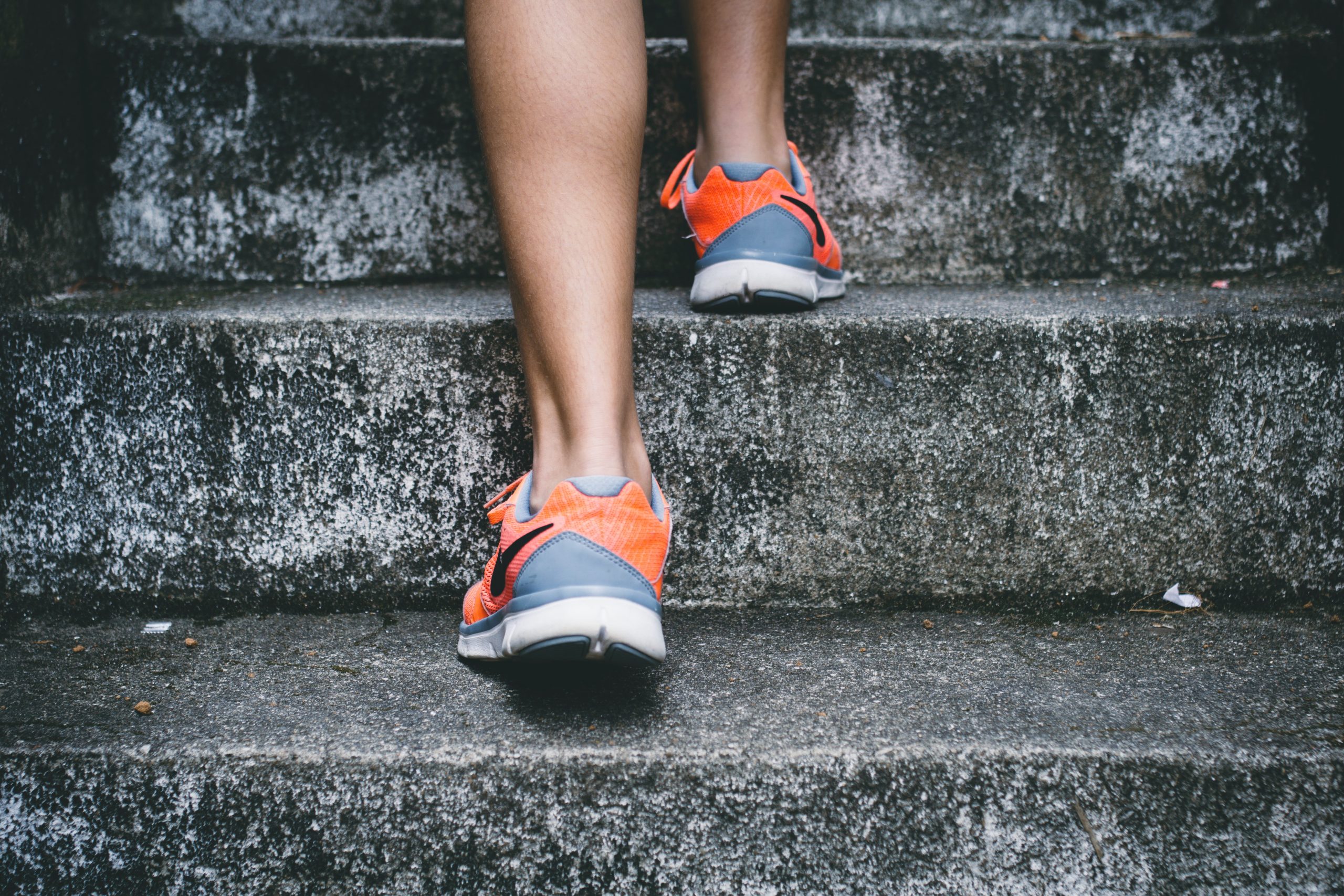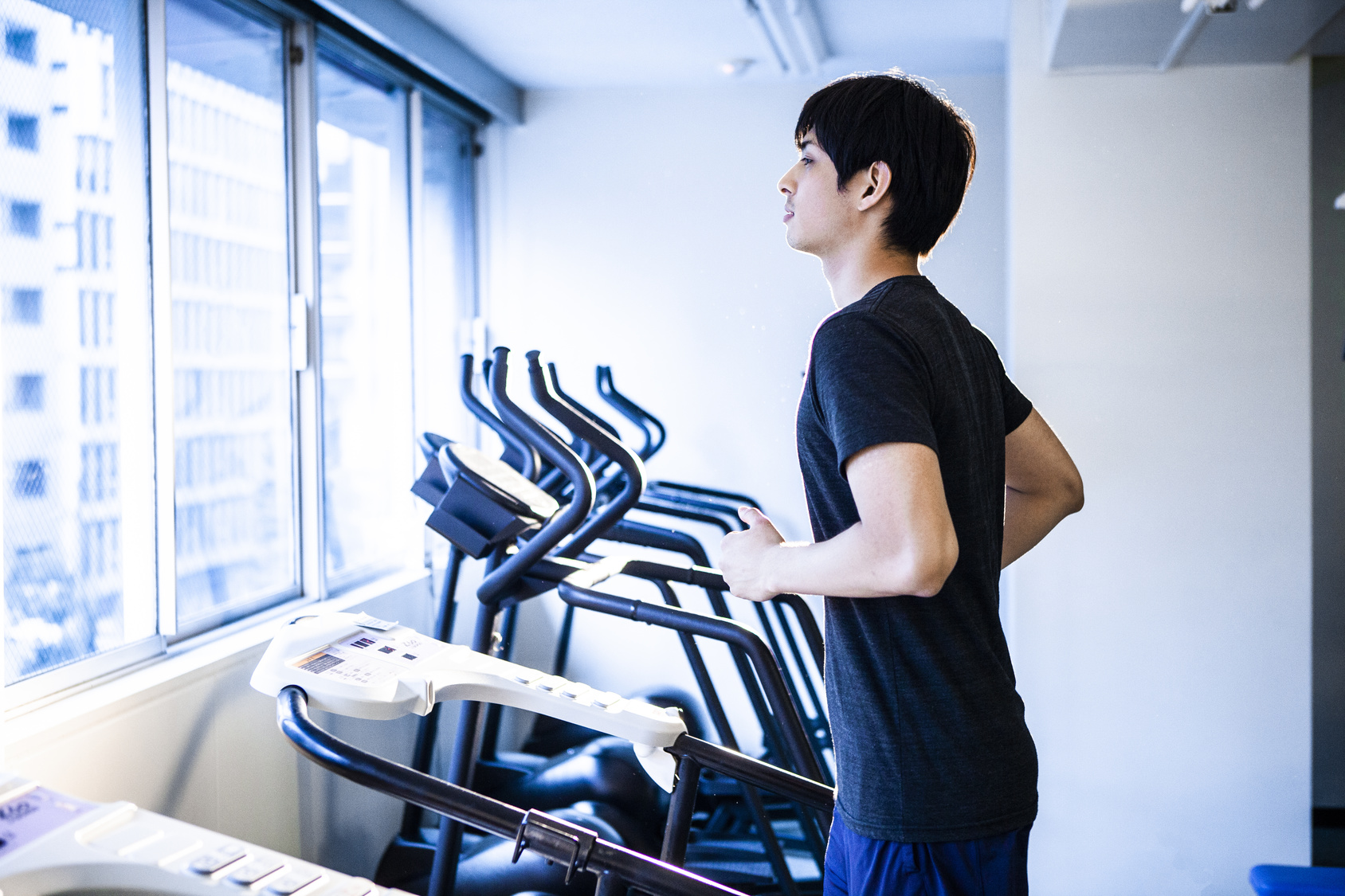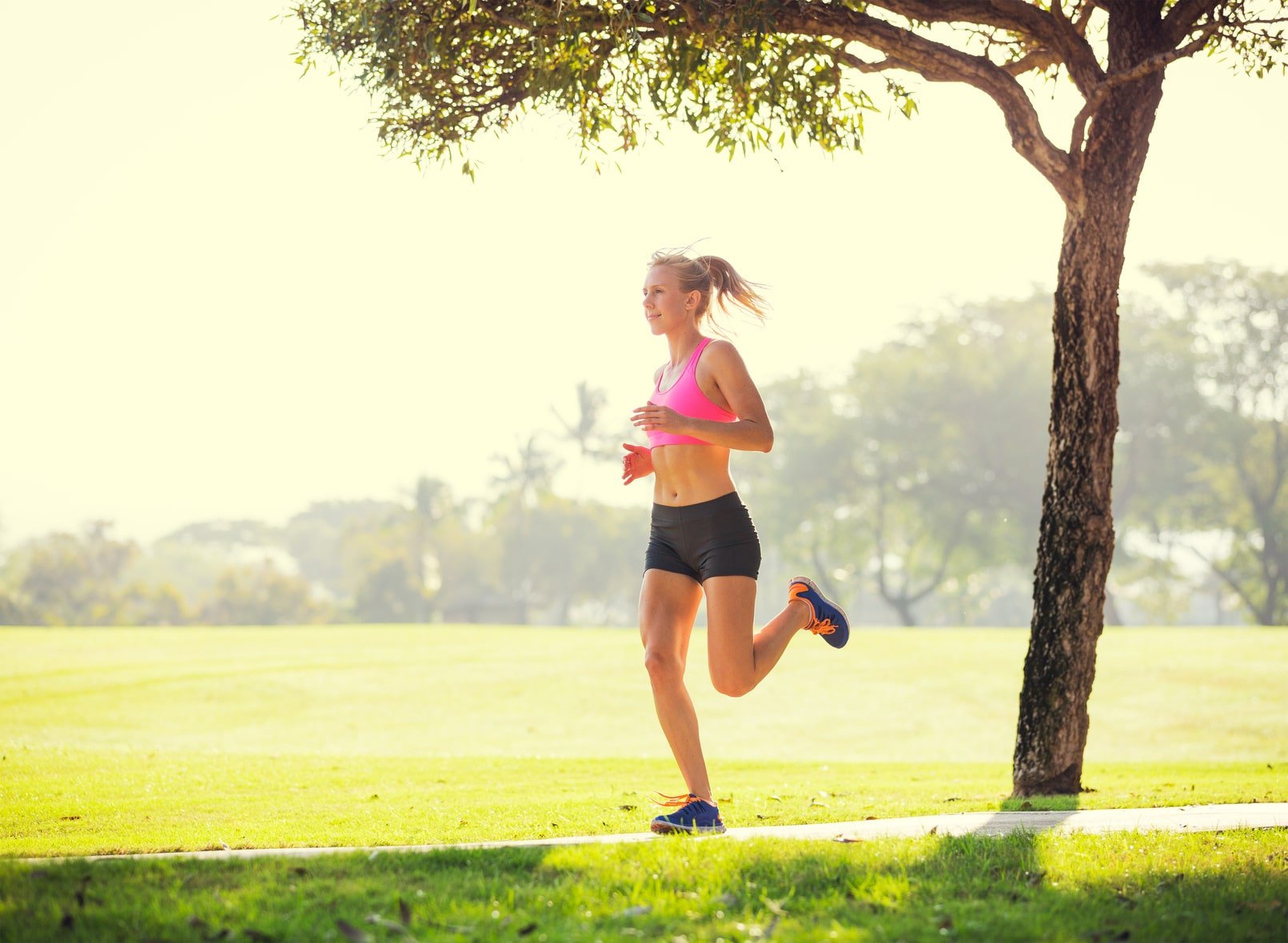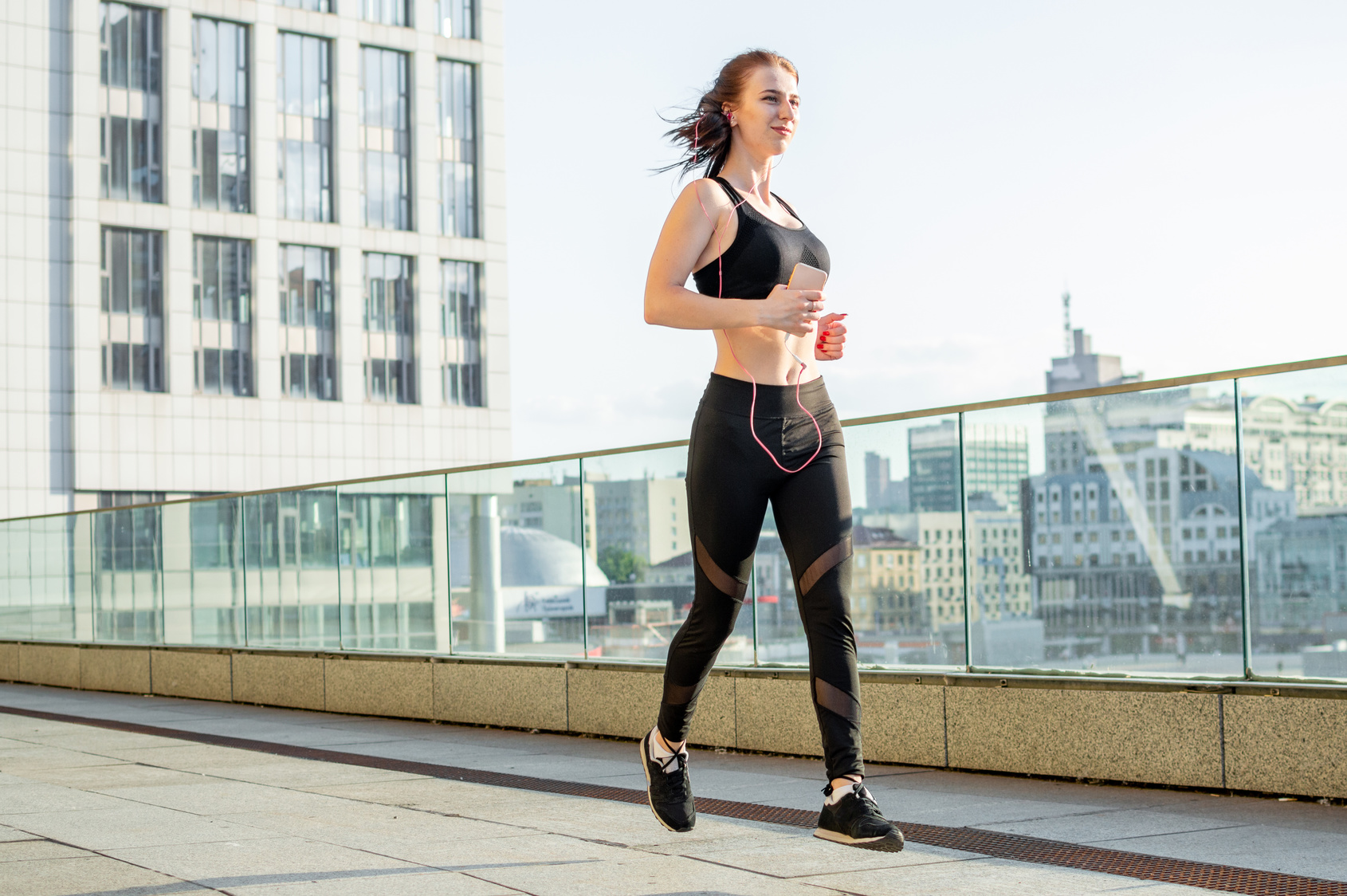Are you ready to unravel the mysteries of the perfect running shoe fit? Well, you’re in luck because you’ve stumbled upon the ultimate guide that’s about to change your running game for the better.
We all know that wearing the wrong pair of running shoes can turn your training sessions into a painful nightmare. But fear not, my friend, because I’m here to equip you with all the knowledge you need to find that sweet spot of comfort and support.
In this article, I’ll dive deep into the art of finding the perfect fit for your running shoes. Say goodbye to blisters, discomfort, and all those pesky foot issues. It’s time to unlock the secret to running comfortably and pain-free.
So, get ready to lace up your curiosity and let’s embark on this journey together. By the end of this guide, you’ll be a pro at determining how your running shoes should fit. Sounds exciting, right? Well, it’s about to get even better.
The Benefits of Proper Fit
Let’s talk about the real deal when it comes to choosing the perfect pair of running shoes. Forget about the fancy looks, the trendy designs, and even the brand names that make your heart skip a beat. The ultimate deciding factor? Drumroll, please… It’s all about the fit!
Proper fit should be your holy grail when hunting for those dream running shoes. Why, you ask? Well, buckle up because I’m about to drop some serious knowledge bombs.
When your running shoes fit like a glove, they become your trusty sidekicks, providing the support and stability your feet need. It’s like having your own personal cheerleaders, propelling you to reach new running heights and keeping those pesky injuries at bay.
But let’s get real here. Ill-fitting shoes are the arch-nemesis of every runner. Tight shoes? Say hello to blisters and toe injuries. Oversized or too wide? Prepare for some serious toe-damage drama. And that’s just the tip of the iceberg, my friend.
If you think that’s scary, hold onto your running hat because improper-fitting shoes can unleash Pandora’s box of troubles. I’m talking tendonitis, impingement, heel pain, ankle sprains, stress fractures—you name it. Trust me, you don’t want to go down that painful road.
I could keep going on and on, but I think you’ve grasped the importance of finding the right fit. It’s the superhero cape that will save you from a multitude of running woes.
Red Flags For Improper Fit
Now that you’ve found your potential running shoe soulmates, it’s time to put them to the ultimate test.
I’m talking about a little trial period to see if they’re truly the perfect fit. So, grab your shoes, put them through their paces, and keep an eye out for these red flags that scream “improper fit.”
First up, let’s talk about the heel slippage. If you feel your heel sliding around when you hit the road or tackle those uphill battles, it’s a clear sign that your shoes are either too big or not giving you the snug embrace you need. We want your feet feeling secure, not like they’re about to do a moonwalk!
Next, pay attention to any numbness on the top of your feet. This could be a sign that the shoes are either too loose or too tight. You want that upper fabric to be snug, like a gentle hug for your feet, but not so tight that it cuts off the blood flow.
Now, let’s talk about those troublesome blisters. If you find them setting up camp on your toes, it’s a clear indication that your shoes are too tight in the box or simply too small. Ouch! We want your toes to have plenty of room to wiggle and breathe, not feel like they’re trapped in a toe-squeezing dungeon.
Speaking of toes, if you notice any bruising, it’s time to reassess the size situation. Bruised toes are a big red flag that your shoes are playing a size game that’s one size too small for your real foot size. We don’t want your toes feeling like they’ve been through a boxing match!
Keep an eye out for any numbness or tingling in your feet, especially in those precious little piggies. This could indicate that your shoes lack the necessary volume to accommodate your feet comfortably. It’s like trying to fit a square peg into a round hole—we need the right shape and size to keep those feet happy!
Moving down to the ball of your feet, if you find yourself battling blisters in that area, it’s likely a sign that your shoes are a tad too wide. We want a secure fit, not a slip-and-slide party for your feet!
Last but not least, let’s talk about those pesky heel blisters. If they make an unwelcome appearance, it could mean that the heel cup of the shoe is just too wide for you.
Measure Your Feet
Before we dive into the world of shoe fitting, let’s start with the basics—measuring your feet. After all, we need to know the dimensions of these magnificent foot soldiers of yours.
Now, here’s the deal. When it comes to finding the perfect fit, we’re not just talking about the length of your feet. We also need to consider the width. It’s all about finding that sweet spot where your feet have enough space to breathe and move comfortably while also receiving the support they need. We don’t want any sliding or wiggling around inside the shoe!
Oh, and don’t forget about the socks! When you measure your foot length and width, make sure you’re wearing the type of socks you’ll be using for your runs. We want to get the most accurate measurement possible, and socks can make a difference in how your shoes fit.
Now, here’s a little nugget of wisdom: foot size can change over time. As the years go by and life happens, your feet might decide to gain or shed a little weight, or maybe they just want to mix things up. That’s why it’s a good idea to check both the length and width of your feet every couple of years. We want to make sure we’re keeping up with your foot’s latest adventures!
The Measuring Process
Let’s get down to business.
Here’s what you’ll need: a ruler or tape measure, a trusty piece of paper or cardboard, and a pen. Are you ready? Let’s do this!
First things first, find a nice, flat surface to work on. Lay that piece of paper on the floor like a blank canvas, ready to capture the essence of your foot. Make sure you’re wearing the same socks you usually rock during your training sessions—it’s all about keeping it real.
Now, it’s showtime for your right foot. Take a stand on that paper, and let your foot make its mark. With the pen in hand, gently trace a thin line around the outer edges of your foot, following its every curve and contour. Keep that pen perpendicular to the floor, or if you want some assistance, ask a friend to lend a hand (or, should I say, a pen?).
Once you’ve worked your artistic magic on one foot, it’s time to repeat the process on the other side. Let that left foot leave its trace on the paper, capturing its unique shape and size.
Now, grab your ruler and prepare to measure the grandeur of your feet. For the length, measure vertically from the tip of your longest toe down to the base of your heel. Capture that vertical distance with precision.
As for the width, it’s all about capturing the widest part of your foot. Use that ruler to measure horizontally across the chunkiest section, embracing the fullness of your foot.
Find Your Size
Once you’ve got your trusty foot measurements, it’s time to find your size using a handy sizing conversion chart. It’s like decoding the secret language of shoes, and I’m here to guide you through it.
Matching your measurements with the recommended running shoe size is as easy as pie. Just find that perfect length measurement and let it lead you to your shoe soulmate. It’s like finding the missing piece to complete the puzzle of your perfect fit.
The Finger Test
The finger test is a true game-changer when it comes to determining the optimal length fit. Imagine your longest toe gracefully stretching within the shoe, leaving just enough space to wiggle and breathe. You want to aim for about half to one inch of glorious freedom between your toe and the shoe’s end.
That’s roughly the width of your thumb, my friend. So, here’s the trick: slip your finger between your heel and the back of the shoe, feeling for that Goldilocks zone. If it slides in easily but feels snug, you’ve hit the sweet spot.
But if you’re struggling to fit your finger in or need to summon some superhero strength, those shoes are too small for your fabulous feet. On the other hand (or should I say foot), if you can fit two or three fingers comfortably behind your heel, it’s a clear sign that those shoes are too roomy.
But wait, there’s more! Width matters too. You want a little pinchable space at the top or sides of the shoe. It’s like giving your feet a cozy hug, ensuring they have room to expand and breathe during your runs. That’s why running shoe sizes often run a half size bigger—or even more—than your usual footwear. It’s all about finding that sweet balance between comfort and support.
Now, let’s talk about red flags. If you’re experiencing blisters, black toenails, or any toe-related drama, it’s a clear sign that your feet need some extra wiggle room within those shoes. We don’t want hammertoes, corns, or calluses crashing the party, either. So, remember to listen to your feet and give them the space they need to thrive.
By finding the right shoe size—length and width—the world of running will become your oyster. Say goodbye to discomfort and hello to a blissful journey where your feet can conquer miles with joy and ease.
Try On Different Shoes
Once you’ve got your measurements sorted, it’s time to hit the stores and find your perfect match. If you’re new to the world of running shoe shopping, make a beeline for a running specialty store—they’re like the holy grail of shoe-finding wisdom.
The staff at these stores are the real MVPs. They’ll be your trusty guides, helping you navigate through the vast selection of shoes based on your foot type, running style, training goals, preferred running surfaces, and other factors that can impact your shoe choice. They’re seasoned runners themselves, so they know a thing or two about the art of finding the perfect pair of shoes.
Here’s your guide to running shoe brands.
The Running Store
It’s important to spill the beans and let the fit specialist know about any foot issues you might be dealing with. Whether you have hammertoes or bunions or are recovering from Achilles tendonitis or plantar fasciitis, they’re there to lend a helping hand and steer you toward shoes that provide the right support and comfort for your unique needs.
Now, let’s talk about the importance of a well-stocked running shoe store. You want a place that’s bursting with options, a veritable treasure trove of running shoe goodness. The more choices, the better your chances of finding that perfect fit. And with the knowledgeable staff by your side, you’re in for a winning combination.
Oh, and don’t forget about the trusty sizing charts! After you’ve measured the length and width of your feet, these handy charts come to the rescue. They’re like the secret decoder rings of shoe sizing, helping you pinpoint your ideal fit and guiding you toward running shoe nirvana.
Charts
After measuring the length and width of your feet, use the following size charge to find your ideal fit.
Women’s Running Shoe Length Size Chart



















